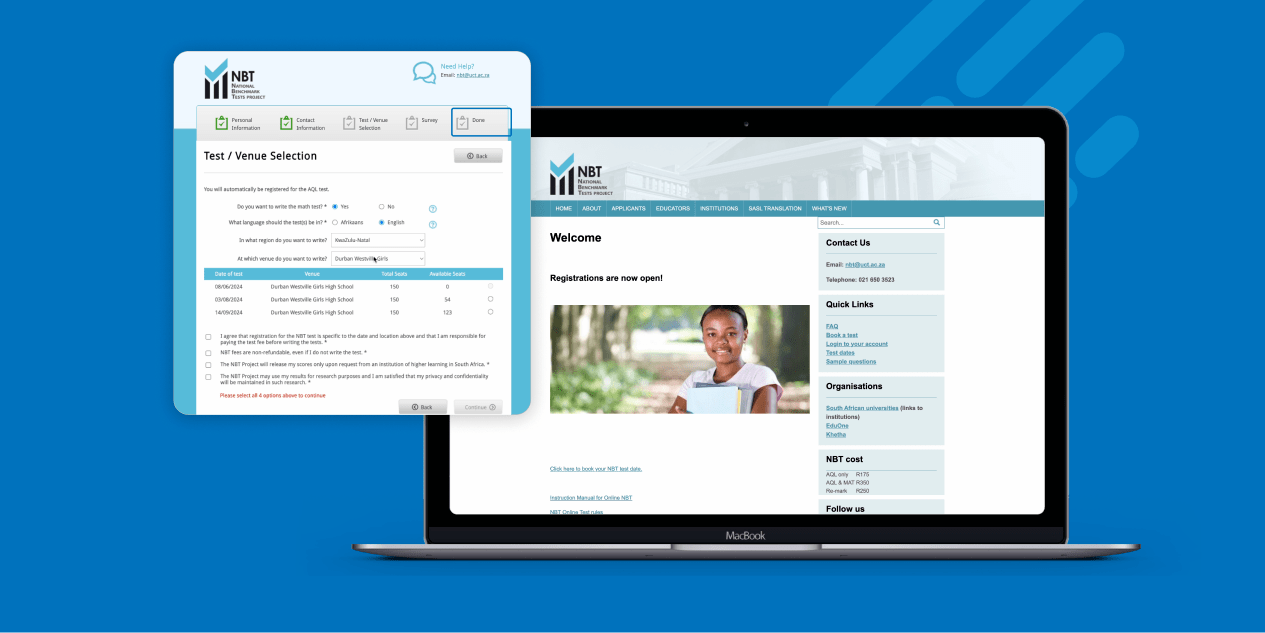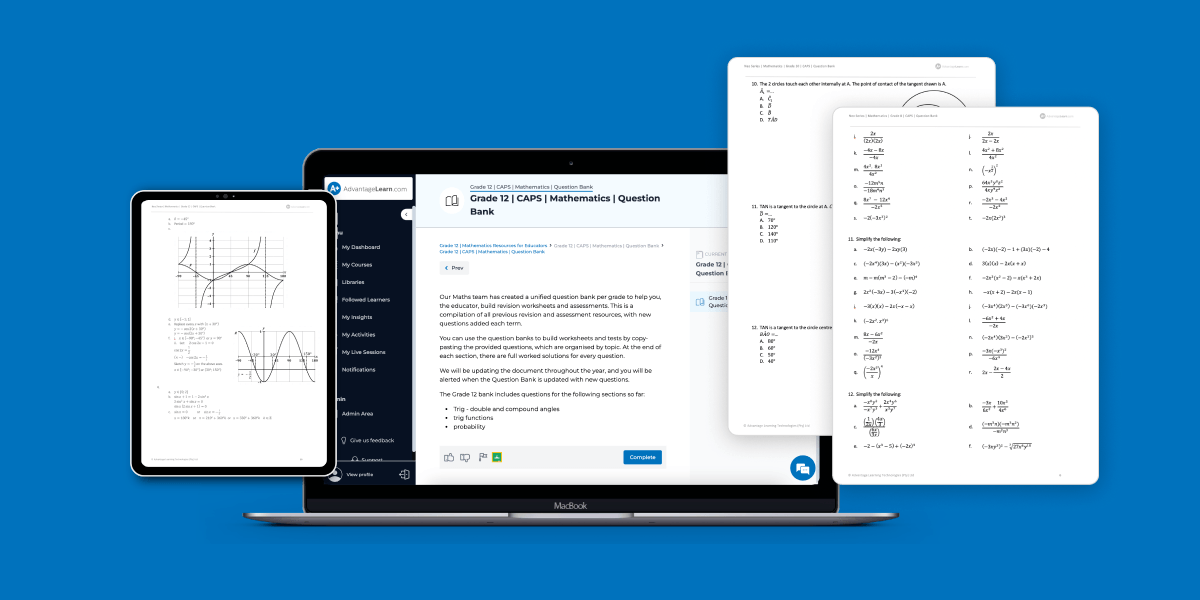
The Art of Blended Learning
Education


In the world of modern education, the phrase blended Learning often crops up. It is sneaking into descriptions of ‘best practices’ and ‘cutting edge’ developments in teaching and learning. You may find yourself asking… “blended what?”
We live in an age of crossovers – the idea of sticking to a traditional way of doing something is out the window. We increasingly live in a culture of tailoring your studying and working experience to what works best for you. Prescription is out, Collaboration is in. In the field of education this is represented by the concept of ‘blended learning’.
So what exactly is blended learning?
Blended learning refers to receiving part of your course content through digital media. Originally ‘blended’ referred to the inclusion of tutorials or practicals into a curriculum as opposed to pure lecture time. In our technological era it usually refers to a combination – or blend – of classroom and e-Learning.
Blended learning is associated with giving learners – the consumers of the content – some control over the time, length and manner of the consumption of their course material. So think ‘flexi-time self employment’, for scholars. The advent and development of technology means that not only can educators produce content in relevant and dynamic ways, but also that learners can engage with the content at their own pace and in their own time. Blended learning is a learner-centered approach to teaching and learning. Learners learn in different ways, however during your educational journey, everyone has to deal with face to face class-time and online content.
At university, online resources are increasingly being used to add to the teaching done in the lecture. Students also have to submit assignments online, use electronic research resources and even interact with online quizzes.
Practicing using both ways of receiving information benefits students who are usually only familiar with the ‘old-school’ classroom centered learning.
The benefits of blended learning are endless. Below are some basic benefits that have been seen in real classroom environments (See some research here)
Time efficient
Learners are able to cover class content at home, and so can come to class prepared. When learners have full time studies, extra-murals or part-time work, a blended approach alleviates pressure on the classroom ‘contact’ time. Likewise, people who are already beyond high school or varsity age, but who want to extend their education hugely benefit from courses that incorporate blended learning. Learners can do their work as and when they have time – not at a predetermined time that may not be suitable. Students are also able to work on learning daily without having to travel to a class.
Flexible
Each student engages with the course material at their own level. Thus a learner will tailor their consumption of the content to suit their strengths and weaknesses. Furthermore, there are less restrictions on when and how learners can practice and get help.
Feedback
Educators can track how learners are doing through online content. They can also see what students are seeking help with the most, and tailor the class time accordingly. Educators also see whether the learners are engaging with the online content and so can react as necessary. On the other hand, students are aware of what questions they need answered when coming to class. This means problems are addressed directly.
Learner engagement and ownership
Blended learning encourages learners to take ownership of their studies. Students can re-watch videos they feel they need more time with and can revisit topics that may have confused them in class. By allowing learners to choose how and when to spend their time, learners engage with the content from a place of interest and desire, not obligation.
Blended learning offers an approach to teaching and learning that I wish had been available when I was at school. I also see huge benefits in relation to preparing for university and the workplace, through my experience as both a lecturer and a student. Part Two of this series gives a peek into Advantage Learn‘s approach to blended learning, and why they value it.
Colour mush photo credit: Glowing Fluid Colours via photopin (license)
This article was originally published on 22 Jul 2016
About the author
Jax Heilgendorff
I have watched the development of AL.com for years and marveled at the ingenuity and passion shown from the start. As a Linguistics major, university lecturer and burgeoning copywriter, the Advantage Learn story is one close to my heart. I hope to add to the development of educational thinking in South Africa by helping to relate topics and create spaces for thought on the challenges and opportunities facing South African learners, students, and parents.

How to book your NBT test: a step-by-step guide
NBT
Featured
Booking your National Benchmark Test (NBT) is a crucial step in your journey towards university admission in South Africa. Here’s a detailed guid... Read more

Resource Drop: Grade 8-12 Maths Question Banks
Maths
Education
Neo Series
Featured
As educators ourselves, we understand the myriad of challenges faced when curating materials for effective teaching and assessment. It’s a balancing ... Read more

Class of 2023 Further Studies Results
Further Studies
Thriving on a challenge The Independent Examination Board (IEB) released the results of their International Secondary Certificate (ISC) on the... Read more
Do you want better Maths results?
Maths Online is a bank of over 2000+ extra lessons. Furthermore, gain access to our teacher support to help you when you need it!
More info




























